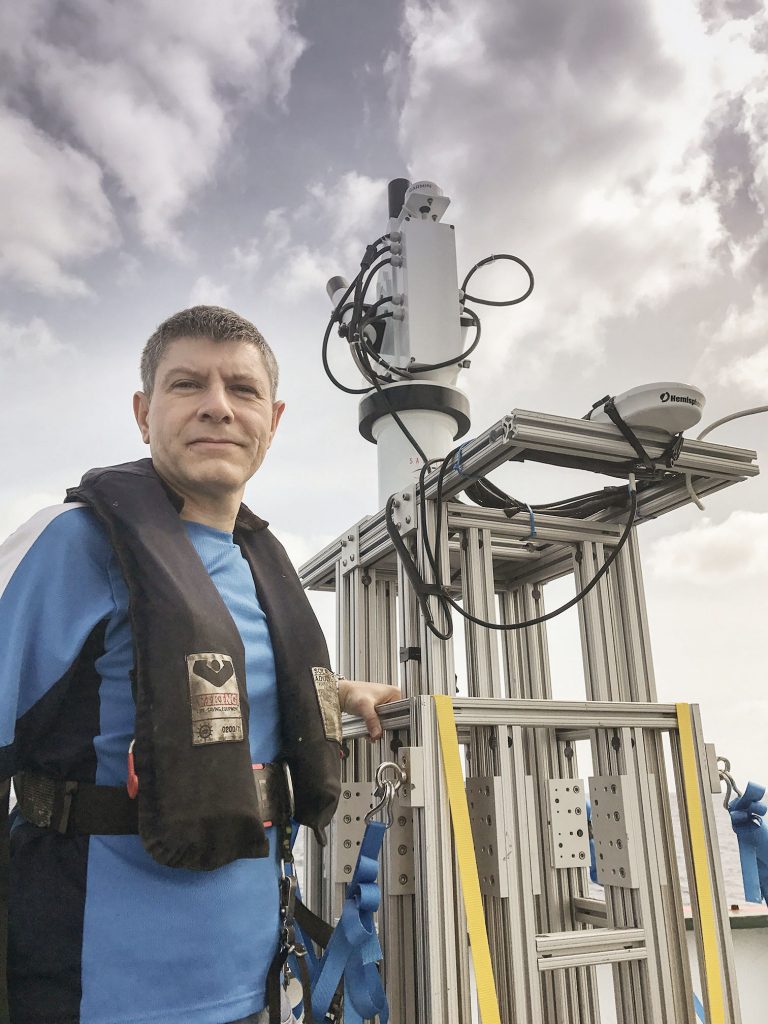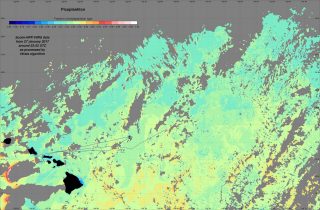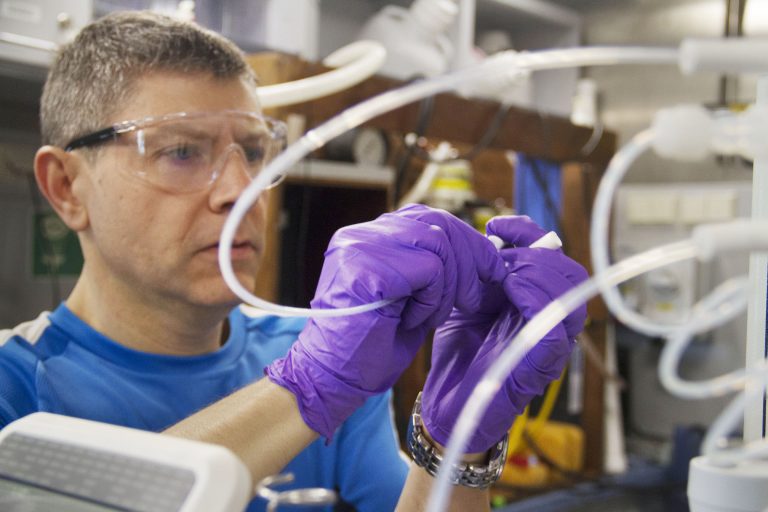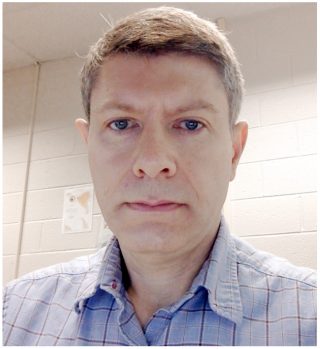Earth’s ocean is vast and deep, and we still need to study many things about it. To investigate and quantify biological and chemical processes, for instance, we need to determine the concentration and size of particles (living and non-living organisms) floating in the water, dissolved materials, and the diversity of organisms such as the microscopic photosynthetic phytoplankton. Their study requires both direct measurements by deploying instruments at sea or analyzing water samples, and satellite remote sensing.
Particles and dissolved organic materials scatter and absorb the sunlight that enters the ocean, which alters the ocean’s color. For instance, the first site that we sampled contained low abundances of particles including phytoplankton and dissolved organic materials, which translated to clear blue waters. Higher abundances of phytoplankton result in greener seas because of their chlorophyll pigments.


Sea to Space
Since 1978, NASA has applied satellite remote sensing to study phytoplankton though its experimental Coastal Zone Color Scanner. Several other sensors followed from 1997 to the present. By 2022, NASA expects to launch the next generation ocean color satellite sensor for the Plankton, Aerosol, Cloud, and Ocean Ecosystem (PACE) which is currently being developed. This PACE sensor will provide unprecedented detail on the color spectrum and intensity of the light exiting the ocean’s surface, which will be used to infer a lot of information about our oceans, including the concentration and size of particles and dissolved organic materials, the diversity of phytoplankton, and rates of phytoplankton growth within the ocean’s sunlit surface layer.
To successfully apply the capabilities of the PACE sensor requires the development of relationships between ocean data (such as chlorophyll-a) and how it affects the color and the amount of light that will be measured by the satellite. One of our goals for participating on the Sea to Space Particle Investigation in the northeastern Pacific Ocean aboard Falkor is to collect biological, chemical and optical measurements in order to build these relationships.
To be able to do so, much of our work at sea involves development and evaluation of new methods and measurement capabilities to ensure that the data collected are of sufficient quality for application with satellite remote sensing. For example, to quantify phytoplankton growth rates, we are conducting experiments with phytoplankton and measuring the oxygen produced and carbon dioxide consumed over time.
Only satellite remote sensing can provide the comprehensive data sets across space and time needed to study the state of Earth’s vast ocean. The ocean moderates our weather, provides food, medicine, energy resources, recreation, and many other benefits. Improving our understanding of the ocean will help us better predict how it will change in the future.


